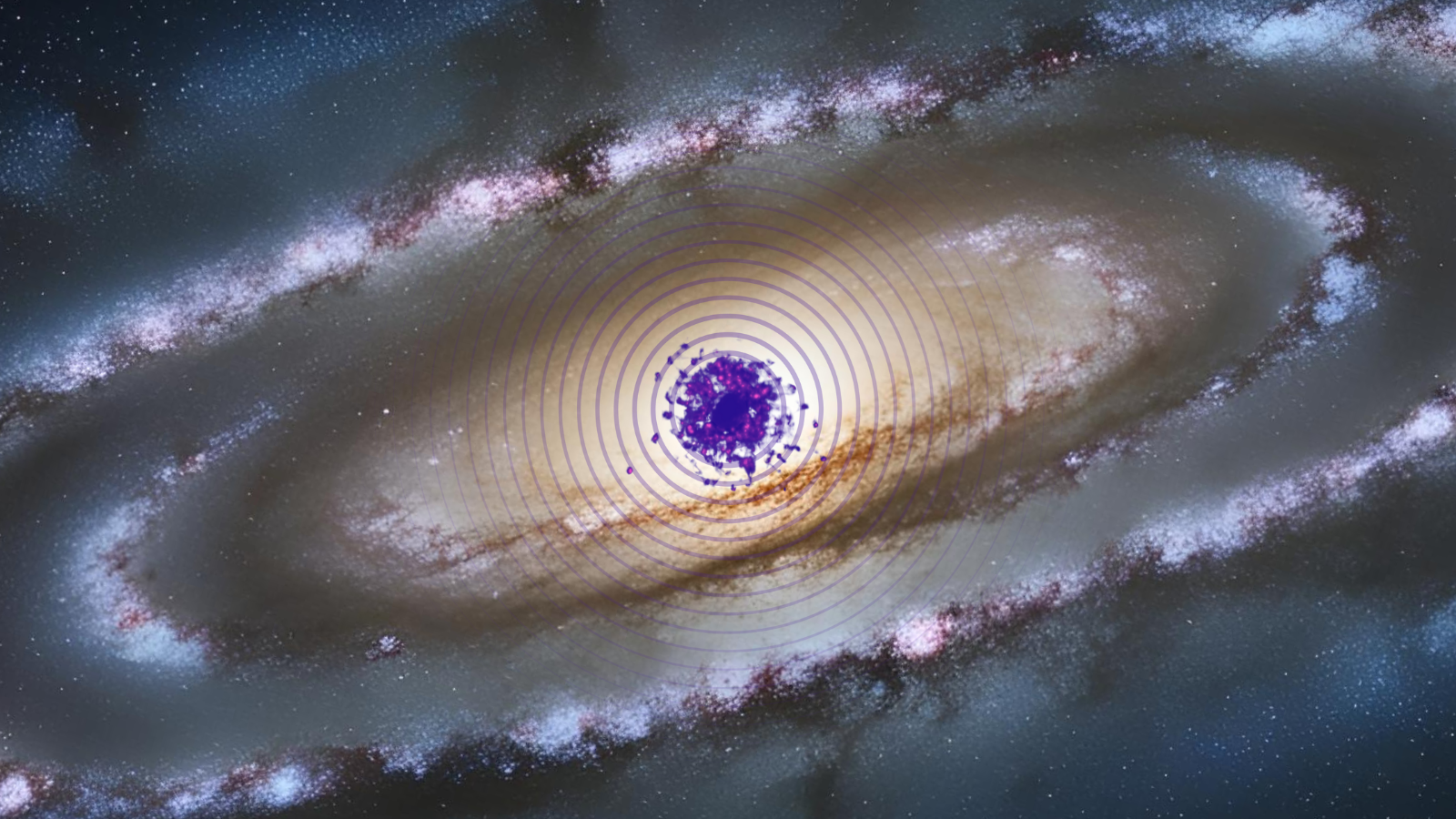Mars Rovers' Mission Extends with New Goals, New Funding
CAPE CANAVERAL - The Mars rovers emerged from a communications blackout period and the low point of winter today with new funding and big plans for the journey ahead.
Engineers hope to put Spirit atop Husband Hill so it can get a view all the way to the edge of vast Gusev Crater, in which it landed.
On the other side of the planet, Opportunity will soon leave Endurance Crater, visiting its discarded heat shield along the way, and make a 3-mile journey to Victoria Crater.
"There are things I look forward to, and one of them is getting out of the crater and starting the monumental trek south," project manager Jim Erickson said. "Being able to make that happen is still cool."
Both of NASA's robotic geologists are probing the history of water on Mars. They are back in full communication today with the team at the Jet Propulsion Laboratory in California after several days of the sun blocking communications.
"We got little snippets of data through the noise," Erickson said.
They also marked the winter solstice on Mars, an important landmark because it means that days will get longer and the rovers will get more sunlight, which they use for energy.
Breaking space news, the latest updates on rocket launches, skywatching events and more!
Dust collecting on the solar panels has apparently leveled off, Erickson said. Though it may get a little colder before it gets warmer, he said, "the real important factor is how much solar energy we get, and that's looking great."
Spirit's sticky wheel seems to have stabilized, he said, and its instruments appear fine. "We're so happy on Spirit, we're going to see if we can punish these things a little further," Erickson said.
Opportunity's mini-thermal emission spectrometer, which identifies the composition of rocks, so far has survived the cold. The team is keeping an eye on it because a stuck heater forced engineers to shut down the rover's electronics -- including heaters -- in "deep sleep" each night to conserve energy.
The rovers landed on Mars in January, anticipating a 90-day, $820 million mission. The team got a $15 million, six-month extension last spring, then funding for longer-term data analysis.
NASA just authorized an additional $2.8 million a month for six more months of operations, Erickson said.
Published under license from FLORIDA TODAY. Copyright ? 2004 FLORIDA TODAY. No portion of this material may be reproduced in any way without the written consent of FLORIDA TODAY.

Chris Kridler is a writer, editor, photographer and storm chaser who authored a group of storm-chasing adventure novels called Storm Seekers. As a reporter covering space, her subjects have included space shuttle missions, the Mars Rovers from California’s Jet Propulsion Lab, and a Soyuz launch and mission from Kazakhstan and Russia. Much of that work was published through her longtime column at Florida Today. Her photographs have been featured in magazines and books, including the covers of The Journal of Meteorology, the book Winderful, and the Wallace and Hobbs Atmospheric Science textbook. She has also been featured in Popular Photography. Kridler started chasing tornadoes in 1997, and continues the adventure every spring in Tornado Alley.
